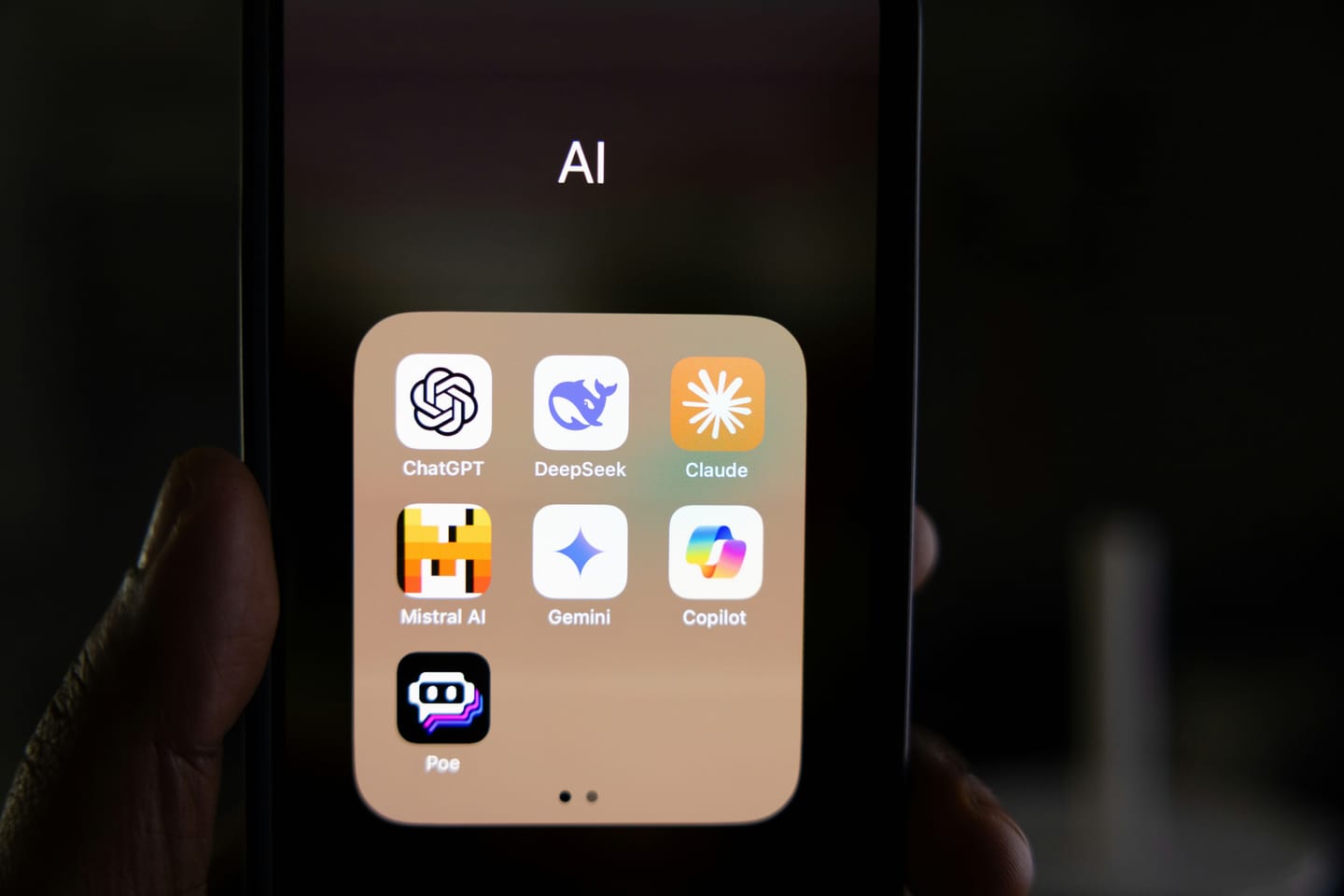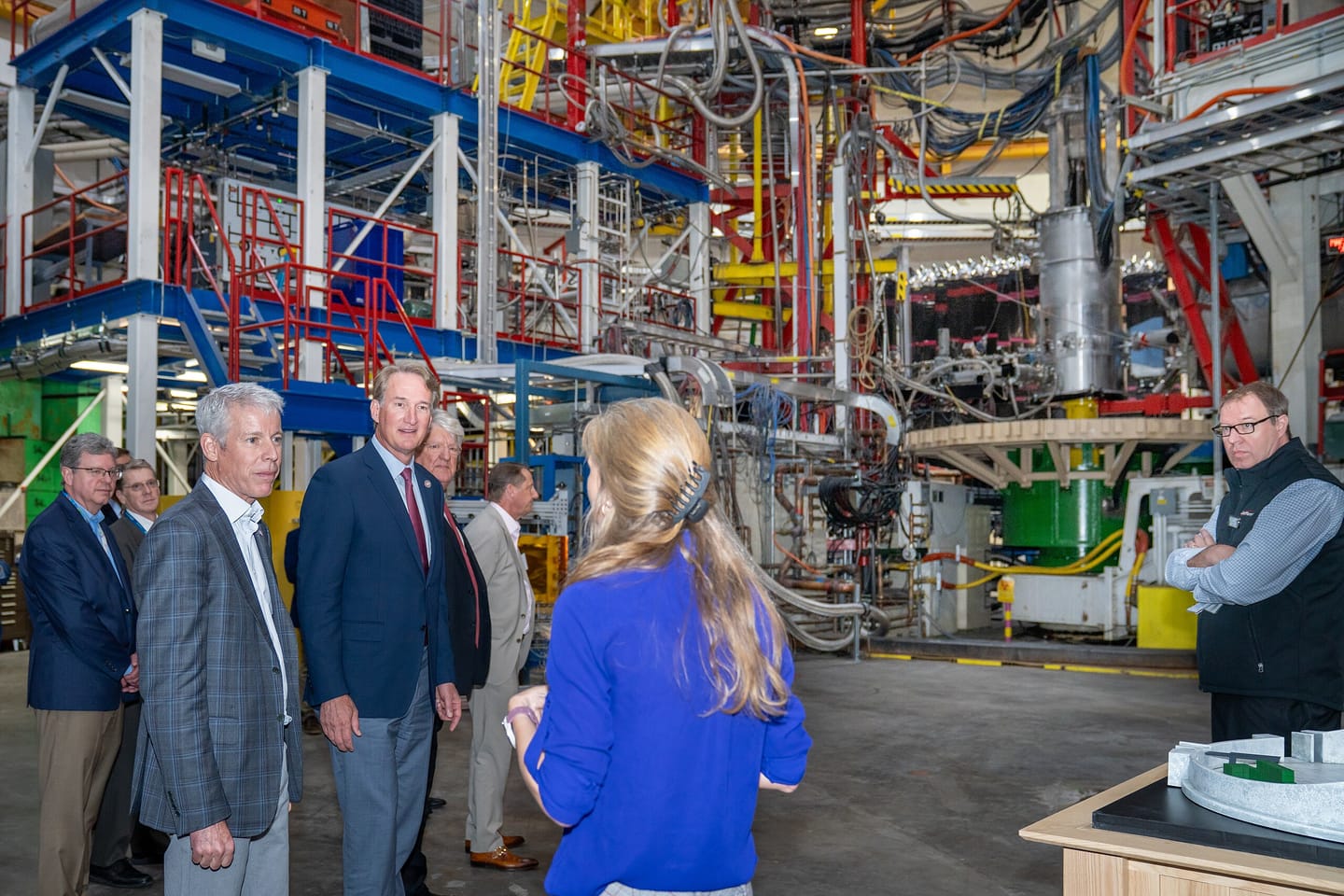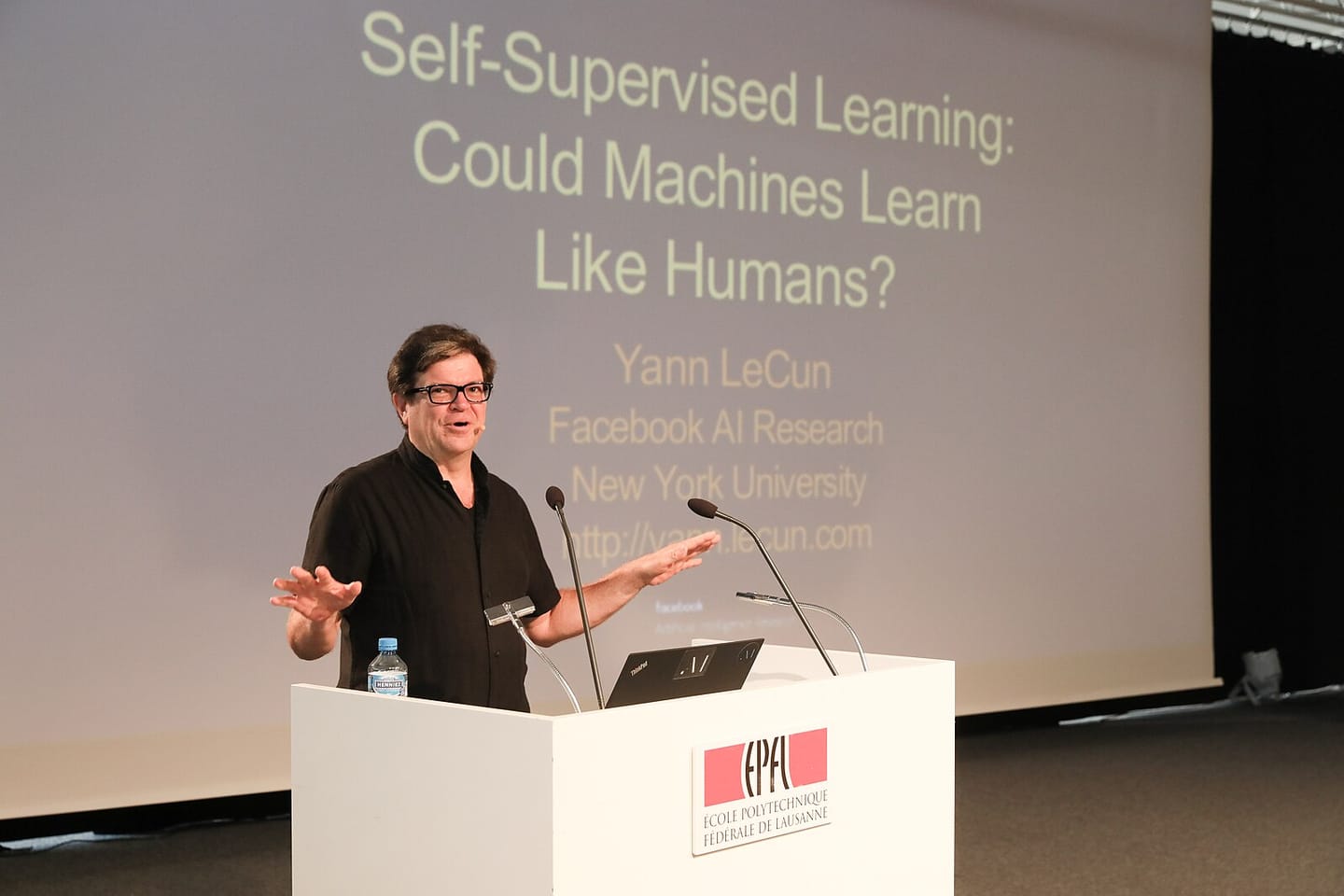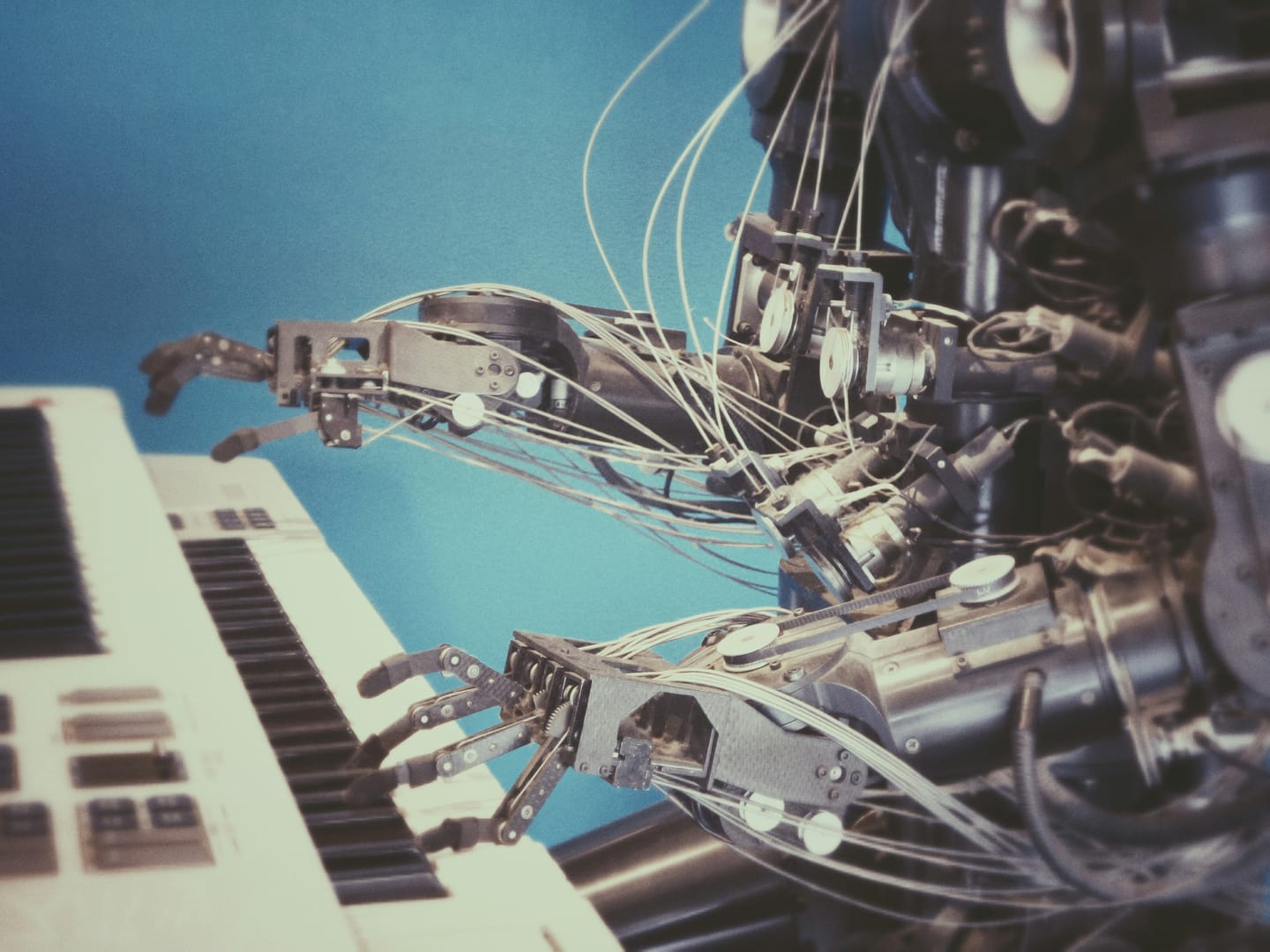EU Launches Antitrust Probe Into Meta Over AI Use in WhatsApp
The European Commission has opened an antitrust investigation into Meta over its WhatsApp AI policy, examining whether the company's restrictions on third-party AI providers breach EU competition rules. Meta announced in October a policy restricting AI providers's access to contact customers via WhatsApp. The investigation will













